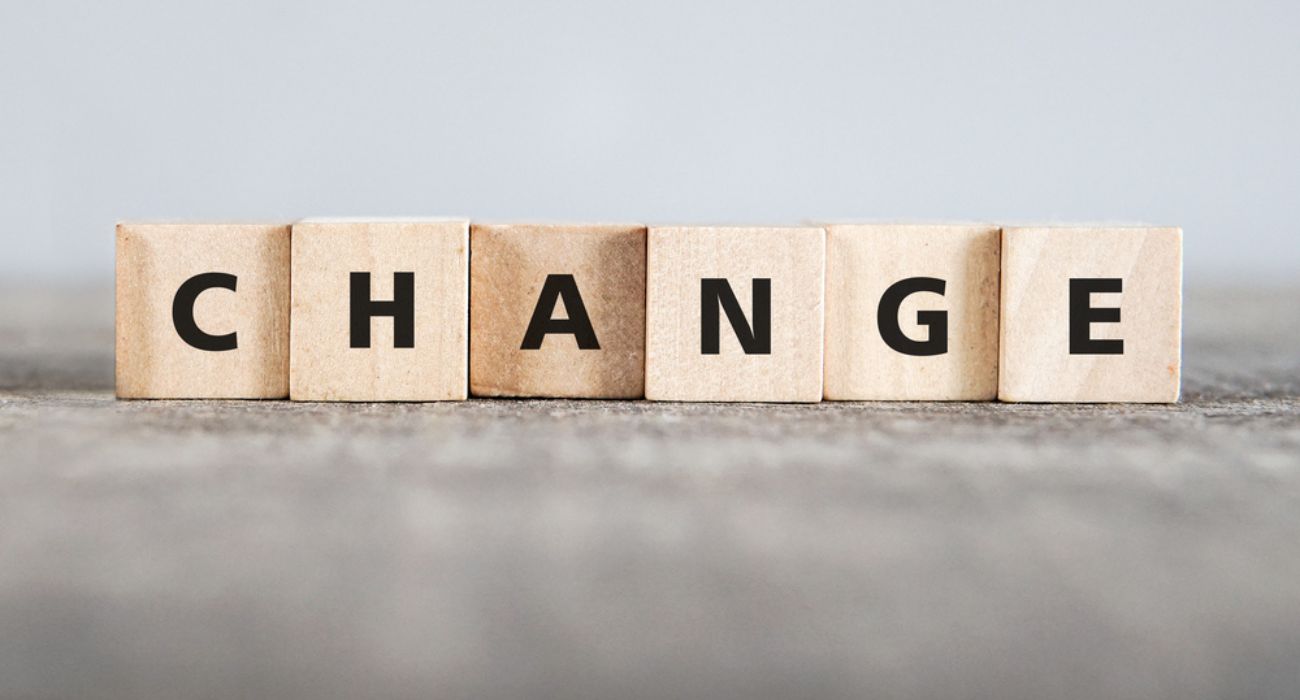My parents recently traveled to Australia. One of the minor things that they noticed was, that, when walking along sidewalks in Sydney, the locals drifted to my parents’ right side and each row of pedestrians passed each other walking in the opposite direction, on their right. The subconscious reason for this, of course, is that being a former British colony for many years, they drive on the left side of the road. They pass oncoming cars on their right side. So, just like most people here in the USA, we tend to walk on the right side when approaching someone coming in the opposite direction since we pass oncoming cars on our left side.
Now this is not always the case here in the USA, but there’s probably a government funded study that comes to the same conclusion just put forth about why we tend to walk on the right side when encountering people coming in the opposite direction.
But what happens when there is no sidewalk? Depending on where one was raised, the two obvious answers are walking on the right side of the road WITH traffic, just like when on a side walk, or if you paid attention in safety classes in school, especially those in rural areas without sidewalks, you were taught to walk on the opposite side, i.e., AGAINST traffic. The reason for walking AGAINST traffic is that you can easily see an approaching car. If the car’s driver doesn’t appear to see you, you likely have plenty of time to get out of the roadway or off the siding to avoid being hit. If you walk in the roadway with traffic, you have less chance of knowing a car is approaching you from behind.
This simple description of which side of the road to walk on is a perfect example of why it is so difficult to change peoples’ minds.
The other day, when out walking in the neighborhood without sidewalks, thus forced to walk in the street, my father, walking AGAINST traffic, encountered a young woman pushing a baby carriage. She was walking towards him and on her right side of the street (thus walking WITH traffic). She was perhaps fifty feet in front of my father.
She was talking with someone on her cell phone and rather than staying close to the curb, she had actually drifted some six to eight feet from the curb, well into the lane of car traffic. There was a car coming up behind her. My father, seeing the approaching car, was able to get her attention and motioned for her to move over towards the curb, which she did.
The car passed her. Disaster averted.
As my father and the young woman came close to each other, he greeted her with, “Good morning. You know it’s a bit safer to walk against traffic, especially if you’re on your cell phone.” To which she replied, “Yes, thank you.”
The encounter was brief and the two walking travelers kept heading in their opposite directions. My father’s curiosity got the better of him and he turn around to see if, what he regarded as helpful advice for the safety of both her and the child in her care, had taken root. But unfortunately, it had not. She did not switch sides (placing her and her child in a safer position by walking AGAINST traffic). She had continued her journey walking WITH traffic just as she had been doing moments before when she was oblivious to the fact she had drifted into the lane of traffic and was unaware of the car coming at her from behind.
The question is simple. Why would she not adjust her behavior after the event?
This question applies to almost all events in our human experience. Why is it so difficult for people to change?
The answers are many and surely psychologists can expound on all the reasons that motivate people to not change. Too many in fact to list here. But I’ll discuss one.
The most obvious one, in our culture based on individualism, is that we don’t like people telling us what to do, even if what we are doing is actually risky to us. We may continue to do it, just to spite them.
We all do this. It is part of our nature as independent Americans.
History has a vast data bank of knowledge to share with us should we choose to take advantage of what it has to tell us. Society has seemingly progressed based on passing down simple but important information that continually gives us better chances of survival. Wash your hands before you eat. Don’t touch hot stoves. Don’t put paper clips in wall sockets.
As I reflected further, it makes sense why most people don’t vote in local elections in DFW. In the May Dallas County Joint Elections, which is where Mayors, City Councils, and School Boards are elected, only 8.84% of registered voters cast a ballot. In the June Runoff Elections that followed, only 5.37% of registered voters turned out. At the Metroplex Civic & Business Association (MCBA) we hear so many complaints about things that need to change in Dallas County, yet turnout is constantly incredibly low.
My conclusion is that changing their “normal routine” is difficult for people, and thus they don’t like to do things differently. With all the reminders, the Get out the Vote initiatives, the signs, the calls, and the texts, Dallas County has historically repeated these low turnout numbers.
The Good news is, MCBA) is moving the needle with our member companies. In the same May election as mentioned above, the employees from our 115+ Member companies averaged a turnout of ~40%, and 27% of those individuals had never voted in a local election before. We are helping people help themselves by playing an active role in shaping an amazing future for DFW.
If you want to get your company involved in the MCBA, please contact us on www.mcbadfw.org






